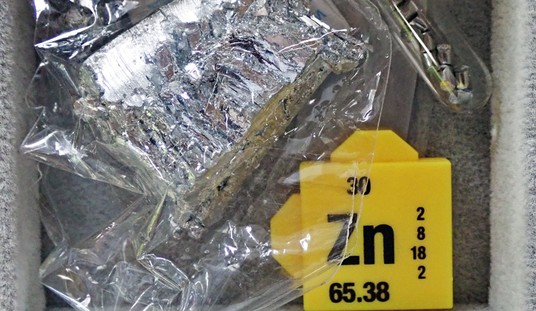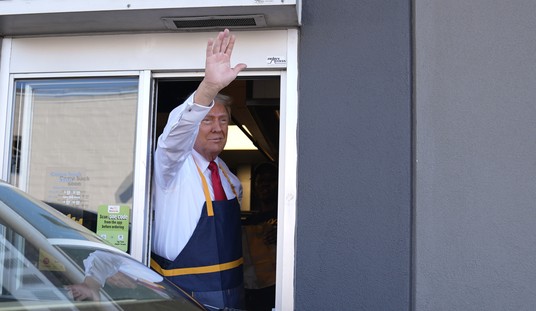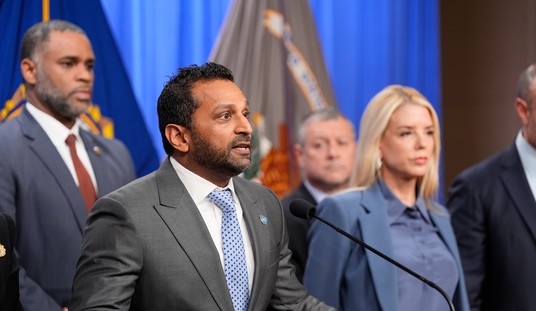It’s always fun for a sports fan to witness when the opposing team commits an “own goal” — an error that results in scoring against themselves — and politics is not much different. One of the latest own goals in the Florida political world was highlighted in a Miami Herald article today describing the “bad ballot design” that may have cost Democrats like former Sen. Bill Nelson (D-FL) the 2018 election.
As the Herald notes, last fall’s ballot for one particular Congressional district in Broward County had a high number of undervotes, out of proportion when compared to the rest of the county and state, and the ballot design is likely to have played a role:
In the U.S. Senate race, Broward County actually logged more than 30,000 undervotes, ballots in which voters leave a race blank. That was well over any other county statewide. The contrast of votes for Senate vs. total ballots cast in Broward was highest in Congressional District 24, where 1 in 10 voters did not cast a vote in the Senate race, according to a Herald analysis of election data. Nelson lost to Republican Rick Scott by just 10,033 votes statewide.
The reason is likely the design of Broward’s ballot, according to experts who reviewed sample ballots obtained by the Miami Herald. By placing races beneath the instructions, Broward committed a known design sin, making it likely that people who skip over the instructions wouldn’t see the races.
While most Broward ballots had two races sitting under the instructions, voters in District 24 — where Democratic incumbent Rep. Frederica Wilson ran unopposed and wasn’t on the ballot — saw (or didn’t see) only the Senate contest positioned there, copies of Broward’s ballot designs obtained by the Herald show.
Nelson grumbled about the impact of the District 24 ballot, stopping a bit short of blaming it for his loss.
“You do the math, and I’ll let you come to your own conclusion,” said Nelson, noting that district has about 15,000 African-American voters, he carried black precincts “close to 90 percent” around the state, and won about 70 percent of the Broward vote overall.
This risk of voters overlooking races that are placed on the ballot away from where voters’ eyes are drawn has been well-documented by election experts around the country, and these types of ballot design have been blamed for contributing to undervotes in previous elections in Florida, including a 2004 congressional election in Sarasota County.
In other words, this is not a new problem, and should not be a surprise for political candidates and election officials. One would think that the memory of the infamous “butterfly ballot” in 2000 that reportedly confused many Palm Beach County voters into casting a vote for Reform Party candidate Pat Buchanan instead of Democrat Al Gore would serve as a sufficient cautionary tale.
Florida law provides some guidance for ballots and what information must be included for voters, and the Florida Election Reform Act of 2001 directed the Department of State to adopt additional rules governing ballot design. To date, the Department has dabbled in a few topics like requiring certain font size and color for printed ballots, but ballot design is still left mostly in the hands of county supervisors of elections.
Because the position of Supervisor of Elections is an elected one, in a heavily-Democratic County like Broward the job will almost always be filled by a Democrat, as it was last year when Brenda Snipes had the role.
So let’s be clear: this 2018 election, which everyone knew would be heavily contested and include high-profile statewide battles for the governor’s race and entire Cabinet, and Nelson having to defend his turf, was no surprise. The ballot design was almost completely within the control of Snipes (a Democrat) and was publicly available for review for a period mandated by law by all of the candidates, including Nelson (also a Democrat), and all the political parties (including the Florida Democratic Party). [Updated to add: the infamous “butterfly ballot” was designed by a Democrat too, former Palm Beach County Supervisor of Elections Theresa LePore.]
Florida, with its demographic and political diversity, is infamous for close elections. Victory often goes to the party that can run up the score in the area of the state that leans their way — South Florida for the Democrats and the Panhandle for the GOP, for example.
Florida Democrats knew the only way to help Nelson survive another election was to perform well in Democratic strongholds like Broward County, and it’s just plain political malpractice that they failed to keep a better lookout for something that could risk depressing turnout like confusing ballot design in what would otherwise be a landslide district for them.
Of course, after several years of humiliating election troubles and accusations of misconduct, Snipes has since resigned, been suspended by former Gov. Rick Scott, tried to un-resign, and battled it out in court, and her Republican replacement, Scott appointee Peter Antonacci, now heads up the Broward elections office.
And, truth be told, partisan hackery aside, Floridians should not want ballots in any part of the state to be designed in a way that confuses or misleads voters. That’s not good for running effective elections or maintaining faith in the system.
So what’s to be done? It might be helpful if the Department of State took the time to study the available research on best practices for ballot design, and to consider passing some additional rules or adding clarifying language to existing rules, but there’s no reason to wait for that to happen. The county supervisors of elections already have the power to take action on this issue, and they aren’t without resources or good examples to follow.
Before Mike Ertel resigned as Secretary of State after a blackface photo scandal, he had a well-established track record of running smooth elections in Seminole County as the Supervisor of Elections there. There are years of published articles praising Ertel for increasing voter access, making the registration process as transparent and simple as possible, designing ballots that consistently resulted in smooth elections, and generally conducting his office in an ethical manner that, although he is a Republican, earned the respect of candidates and activists from both sides of the partisan aisle.
Ertel’s former colleague in neighboring Orange County, Democrat Supervisor Bill Cowles, has a similarly laudatory record running the elections there. From personal experience as a former campaign manager and consultant who worked on races in Central Florida, it was a delight to work with both Orange and Seminole’s offices, staff, and legal counsel. They were consistently transparent and fair in how they interacted with campaigns, political parties, PACs, and the general public.
For years, Orange and Seminole County have been doing a lot of things right in the way they manage elections. A county like Broward that’s had a series of embarrassing stumbles would be well-advised to look to them for an example.
Cowles is obviously occupied with his full-time job managing Orange County’s elections, but one possible intriguing option — and by intriguing, I mean controversial and yet possibly highly effective — would be for Broward to hire Ertel as a consultant.
Ertel recently launched his own consulting practice, Election Advisors, Inc., to “help elections administrators around the country organize elections,” according to a recent Orlando Sentinel write-up. He secured a gig helping his successor, new Seminole Supervisor of Elections Chris Anderson, in a three-month contract that will involve Ertel helping Anderson plan for the upcoming municipal elections for Lake Mary, Altamonte Springs, and Oviedo this November.
There’s a certain kind of poetic justice to having Ertel, a Republican who lost his job as Secretary of State after an embarrassing blackface photo of him surfaced, working to increase voter access and turnout in a heavily Democratic and minority area of the state. It could be viewed as an appropriate penance for Ertel, and, most importantly, his track record managing elections is very solid. When he was originally appointed Secretary of State by Gov. Ron DeSantis (R-FL), the decision was widely lauded and many activists — including from a long list of liberal and minority groups — specifically praised him as someone they saw as running fair and accessible elections.
No matter what, the fact remains that elections are too critical for our state’s election officials to fail to use the best resources available in order to design ballots and enact laws and rules that result in well-run, transparent, accessible elections. Let’s all encourage our local and state officials to use their best efforts to ensure that 2018 be the last year for a long time where our state generates national headlines mocking us for botching yet another election.
Read my RedState article archive here.
Follow Sarah Rumpf on Twitter: @rumpfshaker.
This article is the opinion of the author alone and should not be attributed to any other person, company, or organization.
[Cross-posted at The Capitolist.]












Join the conversation as a VIP Member